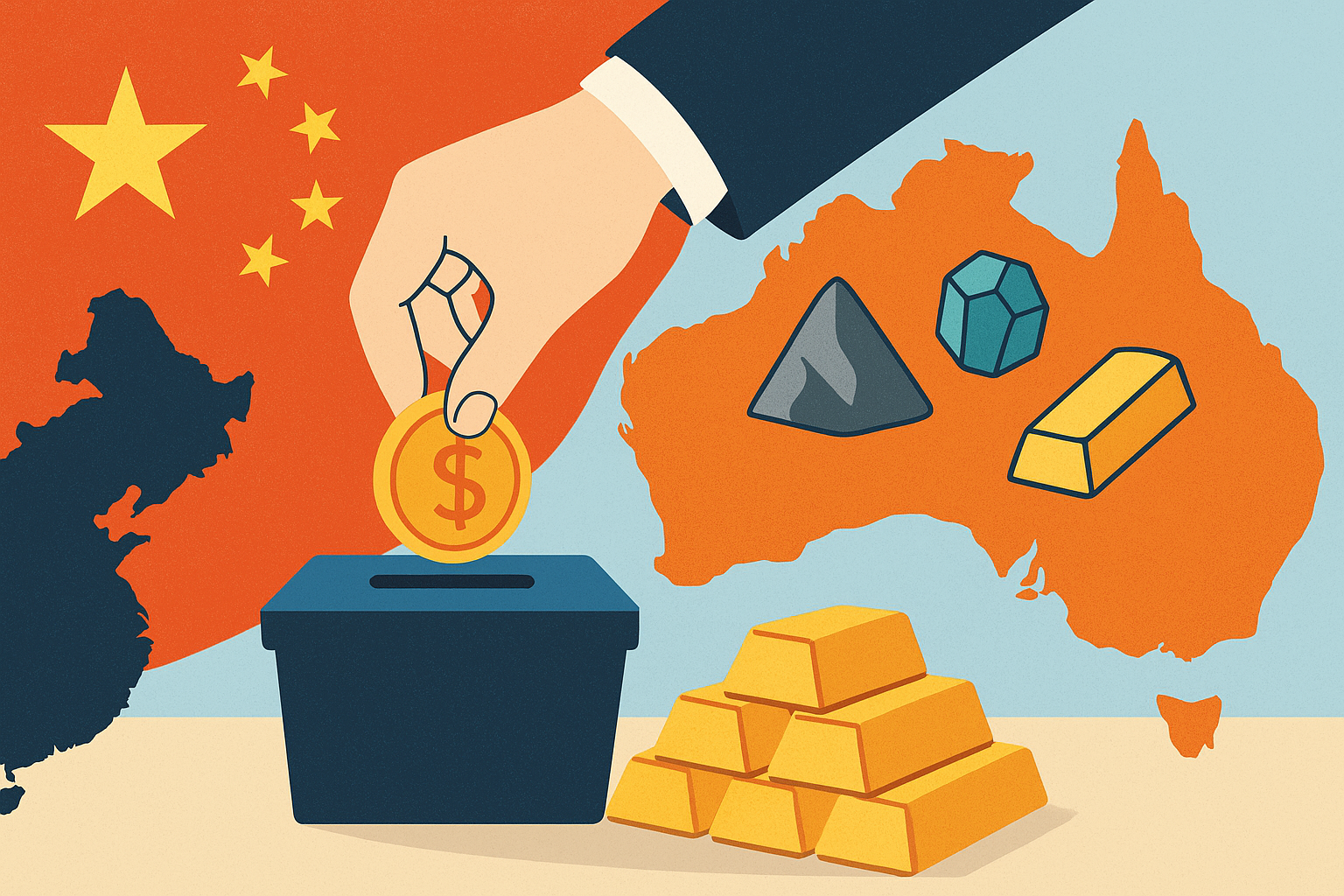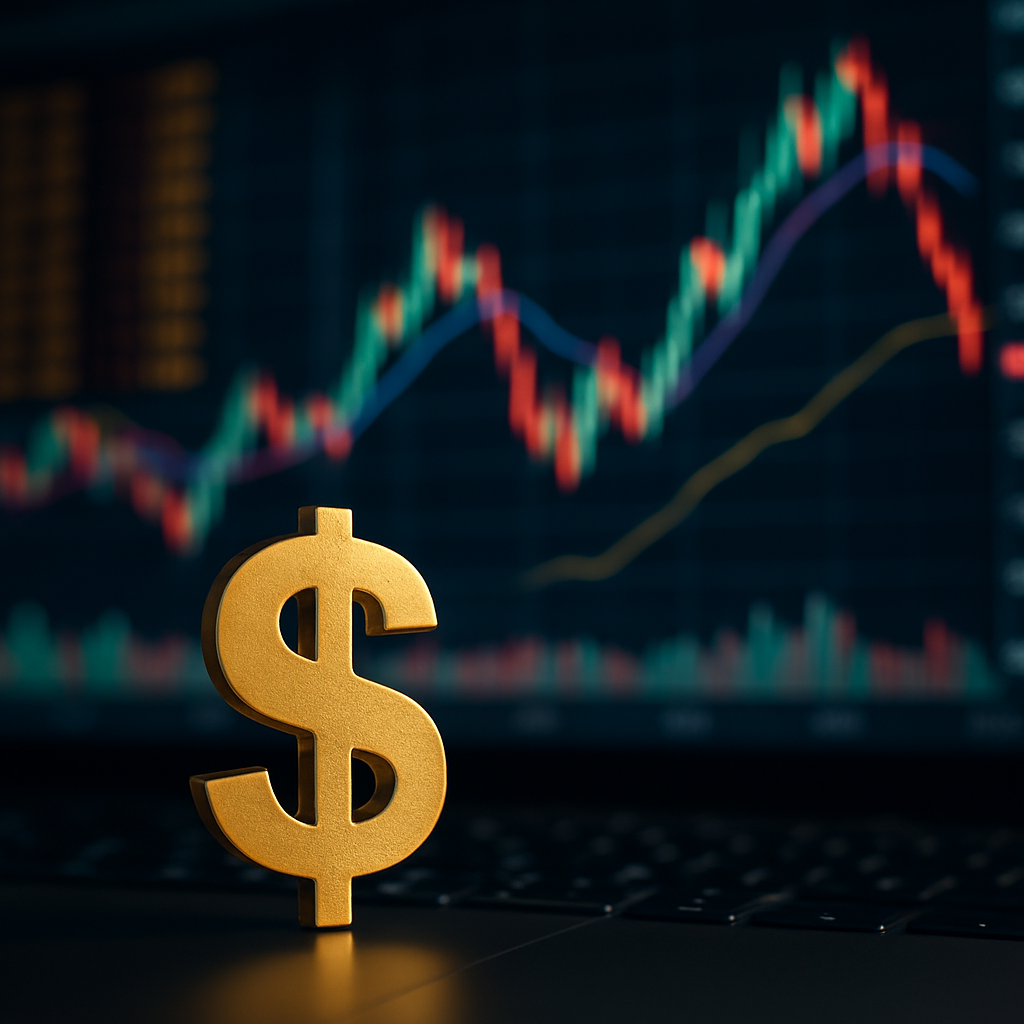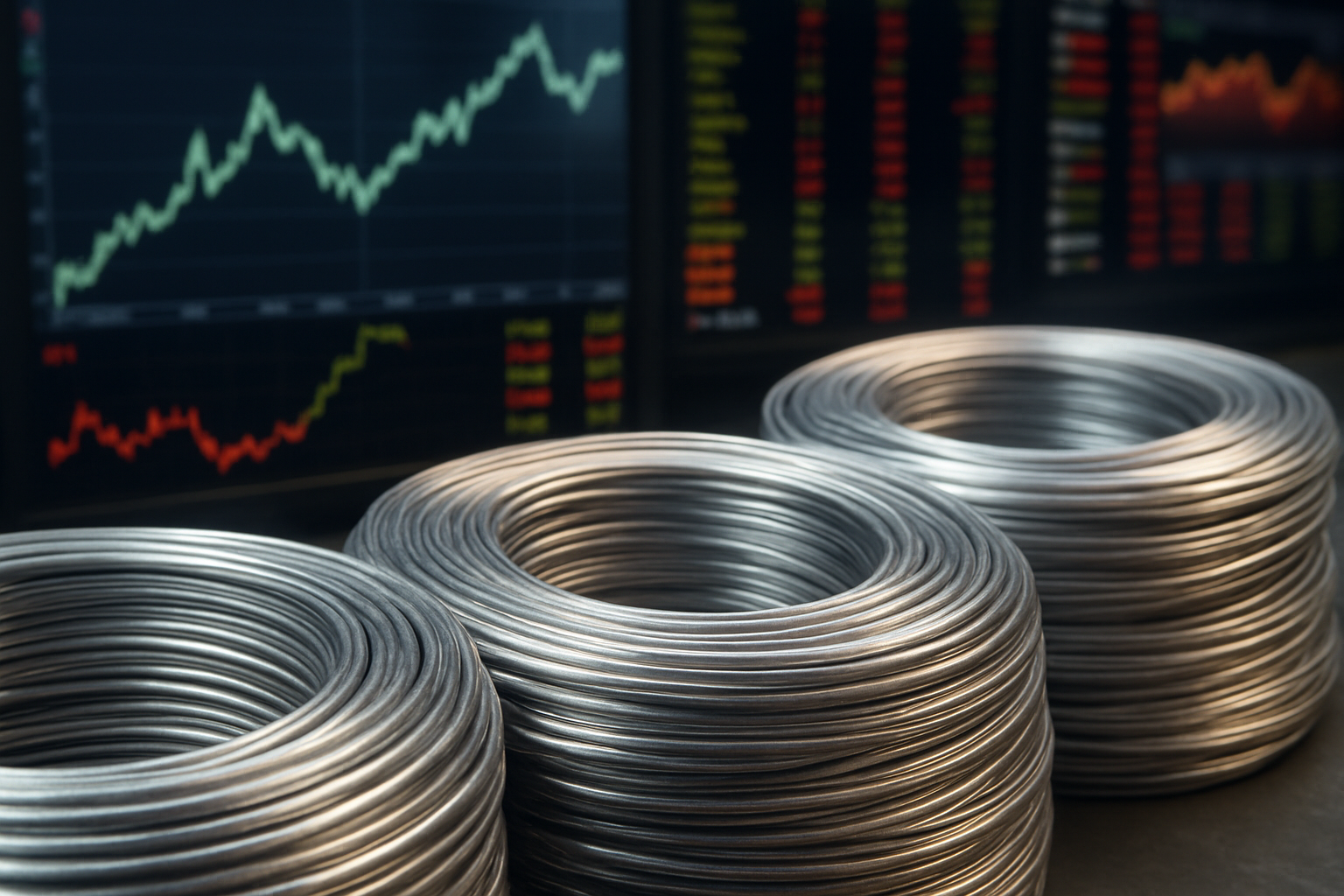Global markets are entering a new phase of resource nationalism—and investors are taking notice. With electric vehicles, renewable energy, and defense technologies all heavily reliant on lithium, cobalt, and rare earths, the U.S. is moving aggressively to secure its supply chains. This week, Washington announced plans to take direct equity stakes in select Australian critical minerals companies, signaling a major policy shift toward industrial intervention.
The announcement comes at a time when concerns about overreliance on Chinese producers are front and center. China currently dominates the refining and processing of critical minerals, controlling as much as 70% of rare earth production and more than 60% of global lithium processing capacity (International Energy Agency, 2024). For investors, this U.S. initiative represents both a strategic hedge against geopolitical risk and a potential windfall for select mining firms operating in allied nations.
Why This Matters for Investors
The move to purchase equity stakes in Australian miners is not just symbolic—it reflects a wider U.S. strategy to use state-backed financing, joint ventures, and defense-related procurement guarantees to reshape global mineral supply chains. Reuters reported that the plan will likely involve targeted investments in lithium, cobalt, and rare earth companies that already have projects under development in Australia.
This positions Australian-listed mining companies at the nexus of geopolitical and market demand. Already, firms such as Pilbara Minerals, Lynas Rare Earths, and IGO Ltd. have benefited from rising institutional interest as governments worldwide push for supply chain diversification. Analysts at Goldman Sachs noted earlier this year that demand for lithium is expected to triple by 2030, driven by global EV adoption, while rare earth demand will grow sharply in aerospace and defense.
For investors, the U.S. government’s willingness to take direct equity positions is a game-changer: it not only provides financial stability for these miners but also makes their projects significantly more “bankable.” This lowers the risk premium on investments in Australian and allied-country mining equities, especially compared to higher-risk jurisdictions in Africa or South America.
A New Era of Strategic Industrial Policy
The U.S. has already launched several initiatives under the Inflation Reduction Act (IRA) and the Defense Production Act, but direct equity stakes mark a more assertive approach. By acting as both financier and shareholder, Washington is signaling that critical minerals are not just a market commodity—they are a strategic asset.
This policy shift echoes the broader global trend of “resource securitization.” The European Union recently proposed its Critical Raw Materials Act, aiming for 40% of domestic consumption to be sourced within Europe by 2030. Meanwhile, Japan has strengthened its partnerships with resource-rich countries to reduce its own reliance on Chinese suppliers.
For investors, this creates an environment where mining equities are not only driven by commodity prices but also by geopolitical alliances. U.S.–Australia cooperation is particularly significant given Canberra’s longstanding status as a trusted ally and stable mining jurisdiction.
Future Trends to Watch
- Increased Capital Flows into Allied Miners: Expect higher valuations and stronger financing pipelines for Australian and Canadian mining companies involved in lithium, cobalt, and rare earths.
- Government-to-Government Deals: Strategic partnerships could extend beyond equity stakes, potentially involving joint refining projects, long-term offtake agreements, and shared R&D.
- Downstream Integration: Investors should track which companies are positioned not just in mining but also in refining, processing, and battery production—where margins may be more defensible.
- China’s Response: Beijing could impose countermeasures, such as tightening exports of refined rare earths. This would create volatility but could also boost prices in the short term, benefiting miners.
Key Investment Insight
The U.S. government’s equity stake proposal is more than a headline—it’s an early marker of a new geopolitical investment landscape where mining assets are directly tied to national security policy. Investors looking for exposure should focus on Australian-listed miners with advanced projects, as these are most likely to attract U.S. capital and secure long-term offtake agreements. Diversification across battery metals, including lithium, cobalt, and nickel, remains a prudent strategy given shifting policy priorities.
Investors who want to stay ahead of these seismic shifts in industrial and resource policy should track both commodity markets and the political deals shaping them. As Washington doubles down on securing critical minerals, opportunities are emerging for those who can align their portfolios with this evolving geopolitical playbook.
Stay with MoneyNews.Today for daily insights into the market forces, policy shifts, and emerging industries reshaping global investing.





